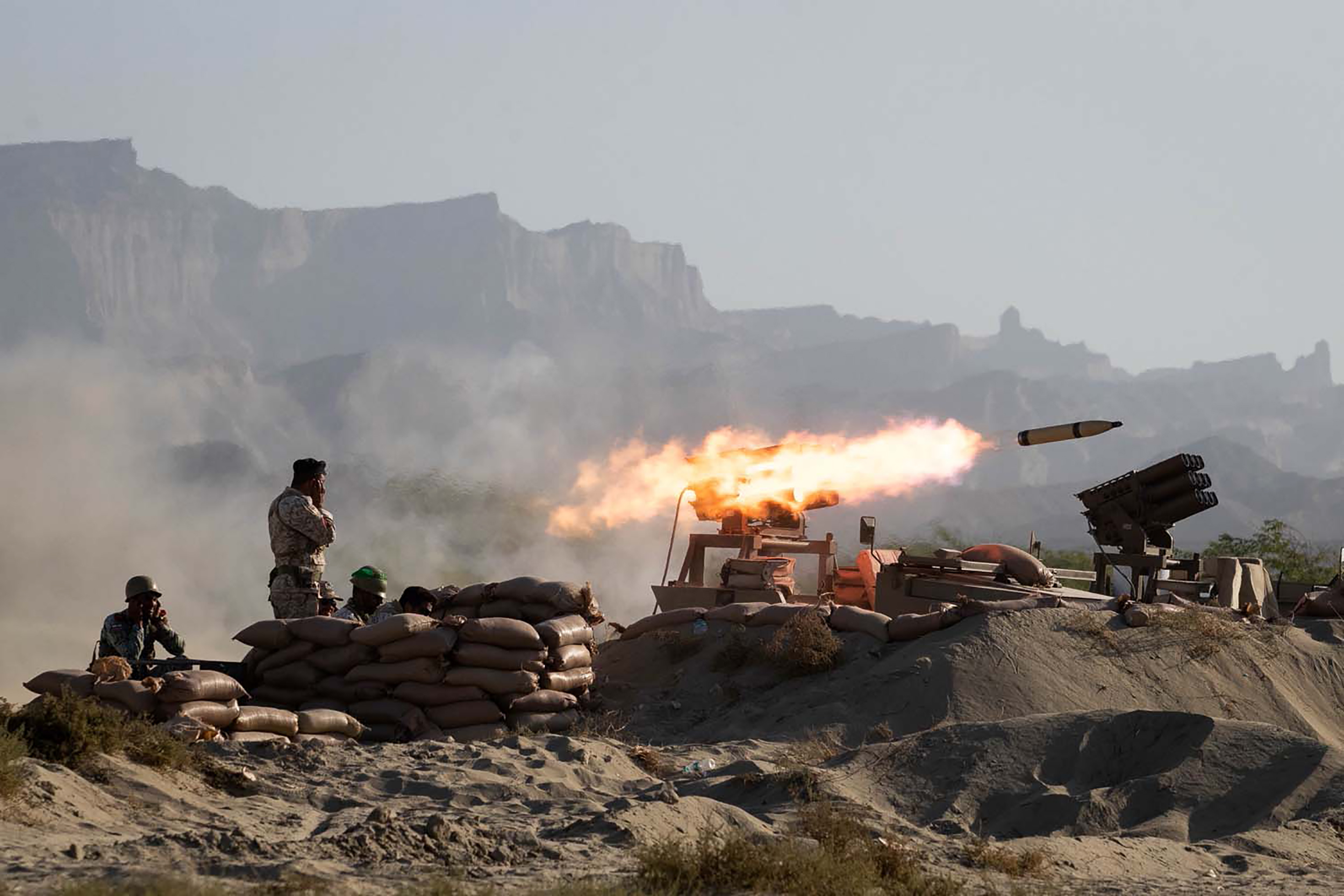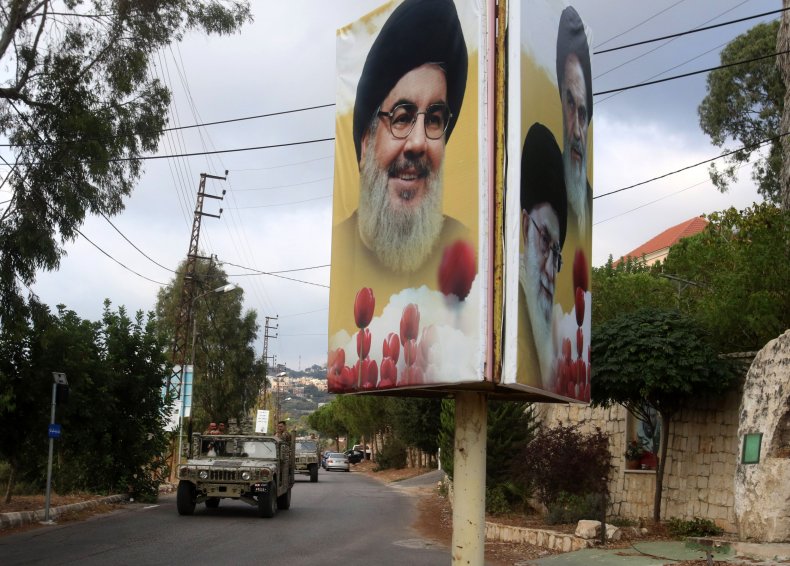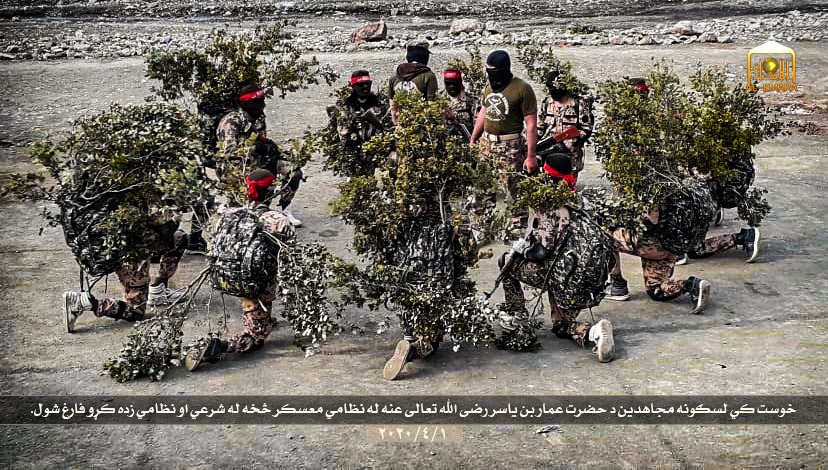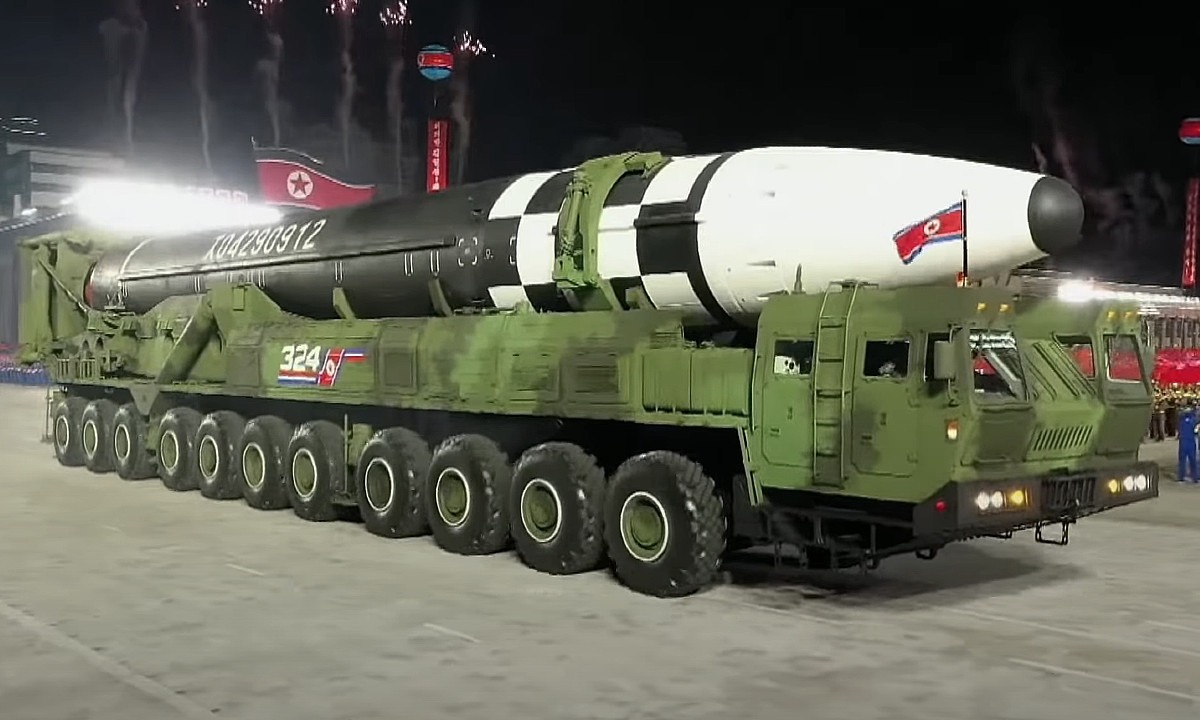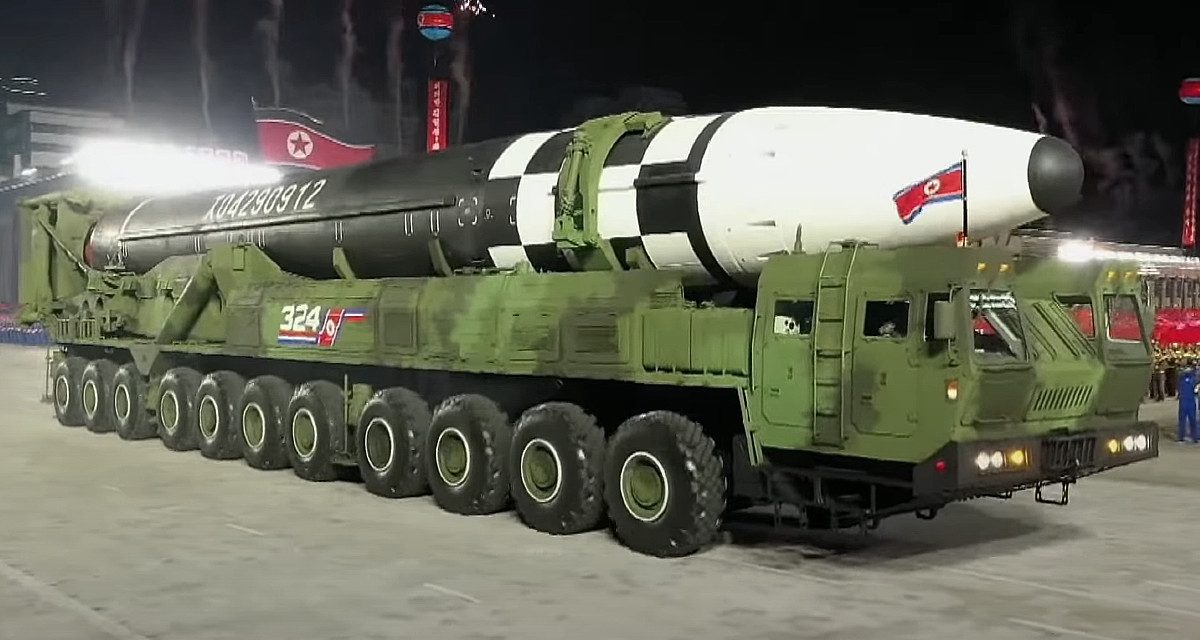(438) 09-19-2020-to-09-25-2020___****THE****WINDS****of****WAR****
WAR - 09-19-2020-to-09-25-2020___****THE****WINDS****of****WAR****
Sorry for the delay folks.....Meat world will have it's pound of flesh...... WAR - 08-29-2020-to-09-04-2020___****THE****WINDS****of****WAR**** Sorry for the delay....HC (432) 08-08-2020-to-08-14-2020___****THE****WINDS****of****WAR****...

www.timebomb2000.com
(439) 09-26-2020-to-10-02-2020___****THE****WINDS****of****WAR****
WAR - 09-26-2020-to-10-02-2020___****THE****WINDS****of****WAR****
(436) 09-05-2020-to-09-11-2020___****THE****WINDS****of****WAR**** WAR - 09-05-2020-to-09-11-2020___****THE****WINDS****of****WAR**** (433)...
 www.timebomb2000.com
www.timebomb2000.com
(440) 10-03-2020-to-10-09-2020___****THE****WINDS****of****WAR****
 www.timebomb2000.com
www.timebomb2000.com
______
Hummm........
Posted for fair use.....

 thehill.com
thehill.com
Overnight Defense: Trump sows confusion over Afghanistan troop levels | Trump tells Iran not to 'f--- around' with US | Supervisor of soldiers who appeared at Democratic convention faces discipline
By Rebecca Kheel - 10/09/20 05:41 PM EDT
Happy Friday and welcome to Overnight Defense. I'm Rebecca Kheel, and here's your nightly guide to the latest developments at the Pentagon, on Capitol Hill and beyond. CLICK HERE to subscribe to the newsletter.
THE TOPLINE: What exactly is the U.S. plan for troops in Afghanistan?
That’s the question many have been asking since President Trump tweeted all U.S. troops “should” be “home by Christmas” hours after national security adviser Robert O’Brien said there would be about 2,500 troops there early next year.
We took a look at the ensuing confusion, which was further stoked by the fact that the Pentagon and U.S. military have yet to comment.
The key question is whether Trump has actually ordered a withdrawal or is just tweeting campaign rhetoric in the final stretch before the election.
“What we are seeing here is the internal conflict of a president of the United States focused on keeping his foreign policy promises 26 days before an election and the national security professionals charged with mitigating against a resurgent Taliban in Afghanistan,” Andy Keiser, a principal at the lobbying firm Navigators Global who worked on Trump’s 2016 transition team, said in an email.
A senior administration official said Trump's tweet "really laid down a marker as the commander in chief, and we all follow his lead."
“The president has been clear in his many previous statements of his intentions to bring U.S. troops home safely and soon from Afghanistan," the official said.
Contradictions aplenty: Both a full withdrawal and O’Brien’s drawdown would contradict other officials’ assurances they would review conditions on the ground before dropping below 4,500 troops.
“We’ll be watching very carefully to assess the conditions of Taliban compliance with the terms of its agreement, and that will be used to inform decisions on further and future withdrawals,” Zalmay Khalilzad, the administration’s envoy for Afghanistan negotiations, told a House panel last month.
Trump’s desire for full withdrawal also accelerates the timeline laid out in the administration’s agreement with the Taliban.
The agreement, signed in February, called for a full U.S. withdrawal by May 2021. But, the deal stipulates that will only happen if the Taliban upholds its commitment to deny safe haven to al Qaeda and other terrorist groups intent on attacking the West — something the U.S. military says it has yet to do.
“The Taliban has still not shown conclusively that they're going to break with al Qaeda,” Gen. Frank McKenzie, the commander of U.S. Central Command, said in September. “So there are still some things out there that concern me about the Taliban's either ability or willingness to comply with all the terms of the deal.”
The practical effects: Trump’s talk of a full withdrawal comes after negotiations between the Afghan government and the Taliban got underway last month after months of delay.
Regional experts are warning the conflicting messages from Trump and O’Brien risk rocking the delicate intra-Afghan talks.
“It I'm sure is causing a lot of questions and reconsideration of different strategies because the U.S.’s plan for assistance to Afghanistan significantly affects each of the elements of the negotiation,” said Scott Worden, director of the U.S. Institute of Peace’s Afghanistan and Central Asia programs. “So this will cause those that are in the negotiation to seek greater clarity before they make commitments to each other on a way forward.”
If Trump proceeds with a full withdrawal by December, Worden added, the United States loses leverage to ensure the Taliban upholds its counterterrorism commitments. The Taliban’s leverage in the intra-Afghan talks would also increase because its main goal is to end the U.S. presence in Afghanistan, he said.
TRUMP DROPS F-BOMB ON IRAN: Trump’s two-hour “radio rally” Friday with conservative radio host Rush Limbaugh including some particularly harsh words for Iran.
“Iran knows that, and they’ve been put on notice: If you f--- around with us, if you do something bad to us, we are gonna do things to you that have never been done before,” Trump said in the interview, which was billed as a “radio rally” while he continues recovering from COVID-19 at the White House.
Trump has frequently threatened Iran, though rarely in such profane terms.
Context: U.S.-Iran tensions have run particularly high throughout the Trump presidency after he withdrew the United States from the Iran nuclear deal and reimposed harsh sanctions on Tehran.
At the beginning of the year, the two countries appeared to be on the brink of war after Trump ordered a drone strike in Iraq that killed Iranian Gen. Qassem Soleimani.
As the U.S. election nears, regional experts expect Iran to hold off on any particularly provocative action that could provoke the U.S. and international community as it hopes Democratic presidential nominee Joe Biden defeats Trump and returns to the Obama-era nuclear deal.
ARMY RESERVE DISCIPLINING SUPERVISOR AFTER DEMOCRATIC CONVENTION ROW: A supervisor of two Army reservists who appeared in uniform at the Democratic National Convention will be disciplined, though the soldiers themselves will not be.
Army Reserve spokesman Lt. Col. Simon Flake confirmed to The Hill on Friday the disciplinary action following an investigation into the incident. Military Times first reported the news.
“The investigation determined the two soldiers who appeared on television were not at fault,” Flake said in a statement. “The investigation found their supervisor violated a Department of Defense directive and an Army regulation that governs soldier political activities. The supervisor at fault will receive the appropriate level of disciplinary action for violating the governing standards.”
Flake did not elaborate on how the supervisor will be disciplined, nor if he or she is a civilian employee or member of the military.
Flashback: In August, two unidentified soldiers from the 9th Mission Support Command based out of Hawaii stood behind the delegates from American Samoa as they nominated Biden during the Democratic National Convention’s roll call.
The image of the soldiers clad in camouflage raised immediate eyebrows as observers questioned whether they violated military rules against politicking while in uniform. At the time, Democratic officials called the composition of the shot an "oversight."
The next day, the Army announced it was launching an investigation.
ICYMI
-- The Hill: Democrats launch inquiry into Pentagon's moves on a national 5G network
-- The Hill: Finland could buy billions in either F-35 or F-18 fighters, State Department announces
-- The Hill: EXCLUSIVE: Intelligence chief briefed lawmakers of foreign influence threats to Congress
-- Stars and Stripes: Army hits 2020 recruiting, retention goals amid pandemic, but top officials say more diversity needed
-- Navy Times: CNO: More than 190 ships have had COVID-19 cases
-- Associated Press: Ex-Guantanamo commander sentenced for lying in man’s death
-- Foreign Affairs op-ed by Hillary Clinton: A National Security Reckoning
WAR - 09-19-2020-to-09-25-2020___****THE****WINDS****of****WAR****
Sorry for the delay folks.....Meat world will have it's pound of flesh...... WAR - 08-29-2020-to-09-04-2020___****THE****WINDS****of****WAR**** Sorry for the delay....HC (432) 08-08-2020-to-08-14-2020___****THE****WINDS****of****WAR****...
www.timebomb2000.com
(439) 09-26-2020-to-10-02-2020___****THE****WINDS****of****WAR****
WAR - 09-26-2020-to-10-02-2020___****THE****WINDS****of****WAR****
(436) 09-05-2020-to-09-11-2020___****THE****WINDS****of****WAR**** WAR - 09-05-2020-to-09-11-2020___****THE****WINDS****of****WAR**** (433)...
(440) 10-03-2020-to-10-09-2020___****THE****WINDS****of****WAR****
WAR - 10-03-2020-to-10-09-2020___****THE****WINDS****of****WAR****
WAR - 09-12-2020-to-09-18-2020___****THE****WINDS****of****WAR**** (434) 08-22-2020-to-08-28-2020___****THE****WINDS****of****WAR**** WAR - 08-22-2020-to-08-28-2020___****THE****WINDS****of****WAR**** (435)...
______
Hummm........
Posted for fair use.....

Overnight Defense: Trump sows confusion over Afghanistan troop levels | Trump tells Iran not to ‘f— around’ with US | Supervisor of soldiers who appeared at Democratic convention faces discipline
Happy Friday and welcome to Overnight Defense. I’m Rebecca Kheel, and here’s your nightly guide to the latest developments at the Pentagon, on Capitol Hill and beyond. CLICK H…
Overnight Defense: Trump sows confusion over Afghanistan troop levels | Trump tells Iran not to 'f--- around' with US | Supervisor of soldiers who appeared at Democratic convention faces discipline
By Rebecca Kheel - 10/09/20 05:41 PM EDT
Happy Friday and welcome to Overnight Defense. I'm Rebecca Kheel, and here's your nightly guide to the latest developments at the Pentagon, on Capitol Hill and beyond. CLICK HERE to subscribe to the newsletter.
THE TOPLINE: What exactly is the U.S. plan for troops in Afghanistan?
That’s the question many have been asking since President Trump tweeted all U.S. troops “should” be “home by Christmas” hours after national security adviser Robert O’Brien said there would be about 2,500 troops there early next year.
We took a look at the ensuing confusion, which was further stoked by the fact that the Pentagon and U.S. military have yet to comment.
The key question is whether Trump has actually ordered a withdrawal or is just tweeting campaign rhetoric in the final stretch before the election.
“What we are seeing here is the internal conflict of a president of the United States focused on keeping his foreign policy promises 26 days before an election and the national security professionals charged with mitigating against a resurgent Taliban in Afghanistan,” Andy Keiser, a principal at the lobbying firm Navigators Global who worked on Trump’s 2016 transition team, said in an email.
A senior administration official said Trump's tweet "really laid down a marker as the commander in chief, and we all follow his lead."
“The president has been clear in his many previous statements of his intentions to bring U.S. troops home safely and soon from Afghanistan," the official said.
Contradictions aplenty: Both a full withdrawal and O’Brien’s drawdown would contradict other officials’ assurances they would review conditions on the ground before dropping below 4,500 troops.
“We’ll be watching very carefully to assess the conditions of Taliban compliance with the terms of its agreement, and that will be used to inform decisions on further and future withdrawals,” Zalmay Khalilzad, the administration’s envoy for Afghanistan negotiations, told a House panel last month.
Trump’s desire for full withdrawal also accelerates the timeline laid out in the administration’s agreement with the Taliban.
The agreement, signed in February, called for a full U.S. withdrawal by May 2021. But, the deal stipulates that will only happen if the Taliban upholds its commitment to deny safe haven to al Qaeda and other terrorist groups intent on attacking the West — something the U.S. military says it has yet to do.
“The Taliban has still not shown conclusively that they're going to break with al Qaeda,” Gen. Frank McKenzie, the commander of U.S. Central Command, said in September. “So there are still some things out there that concern me about the Taliban's either ability or willingness to comply with all the terms of the deal.”
The practical effects: Trump’s talk of a full withdrawal comes after negotiations between the Afghan government and the Taliban got underway last month after months of delay.
Regional experts are warning the conflicting messages from Trump and O’Brien risk rocking the delicate intra-Afghan talks.
“It I'm sure is causing a lot of questions and reconsideration of different strategies because the U.S.’s plan for assistance to Afghanistan significantly affects each of the elements of the negotiation,” said Scott Worden, director of the U.S. Institute of Peace’s Afghanistan and Central Asia programs. “So this will cause those that are in the negotiation to seek greater clarity before they make commitments to each other on a way forward.”
If Trump proceeds with a full withdrawal by December, Worden added, the United States loses leverage to ensure the Taliban upholds its counterterrorism commitments. The Taliban’s leverage in the intra-Afghan talks would also increase because its main goal is to end the U.S. presence in Afghanistan, he said.
TRUMP DROPS F-BOMB ON IRAN: Trump’s two-hour “radio rally” Friday with conservative radio host Rush Limbaugh including some particularly harsh words for Iran.
“Iran knows that, and they’ve been put on notice: If you f--- around with us, if you do something bad to us, we are gonna do things to you that have never been done before,” Trump said in the interview, which was billed as a “radio rally” while he continues recovering from COVID-19 at the White House.
Trump has frequently threatened Iran, though rarely in such profane terms.
Context: U.S.-Iran tensions have run particularly high throughout the Trump presidency after he withdrew the United States from the Iran nuclear deal and reimposed harsh sanctions on Tehran.
At the beginning of the year, the two countries appeared to be on the brink of war after Trump ordered a drone strike in Iraq that killed Iranian Gen. Qassem Soleimani.
As the U.S. election nears, regional experts expect Iran to hold off on any particularly provocative action that could provoke the U.S. and international community as it hopes Democratic presidential nominee Joe Biden defeats Trump and returns to the Obama-era nuclear deal.
ARMY RESERVE DISCIPLINING SUPERVISOR AFTER DEMOCRATIC CONVENTION ROW: A supervisor of two Army reservists who appeared in uniform at the Democratic National Convention will be disciplined, though the soldiers themselves will not be.
Army Reserve spokesman Lt. Col. Simon Flake confirmed to The Hill on Friday the disciplinary action following an investigation into the incident. Military Times first reported the news.
“The investigation determined the two soldiers who appeared on television were not at fault,” Flake said in a statement. “The investigation found their supervisor violated a Department of Defense directive and an Army regulation that governs soldier political activities. The supervisor at fault will receive the appropriate level of disciplinary action for violating the governing standards.”
Flake did not elaborate on how the supervisor will be disciplined, nor if he or she is a civilian employee or member of the military.
Flashback: In August, two unidentified soldiers from the 9th Mission Support Command based out of Hawaii stood behind the delegates from American Samoa as they nominated Biden during the Democratic National Convention’s roll call.
The image of the soldiers clad in camouflage raised immediate eyebrows as observers questioned whether they violated military rules against politicking while in uniform. At the time, Democratic officials called the composition of the shot an "oversight."
The next day, the Army announced it was launching an investigation.
ICYMI
-- The Hill: Democrats launch inquiry into Pentagon's moves on a national 5G network
-- The Hill: Finland could buy billions in either F-35 or F-18 fighters, State Department announces
-- The Hill: EXCLUSIVE: Intelligence chief briefed lawmakers of foreign influence threats to Congress
-- Stars and Stripes: Army hits 2020 recruiting, retention goals amid pandemic, but top officials say more diversity needed
-- Navy Times: CNO: More than 190 ships have had COVID-19 cases
-- Associated Press: Ex-Guantanamo commander sentenced for lying in man’s death
-- Foreign Affairs op-ed by Hillary Clinton: A National Security Reckoning

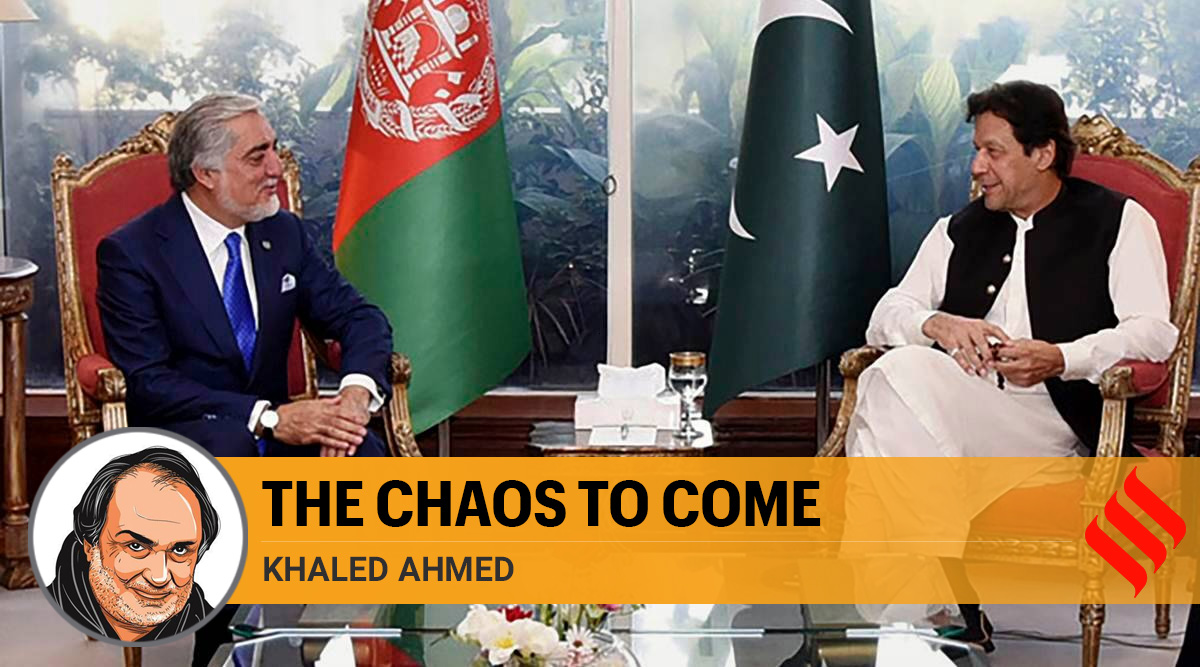




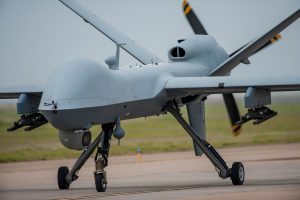




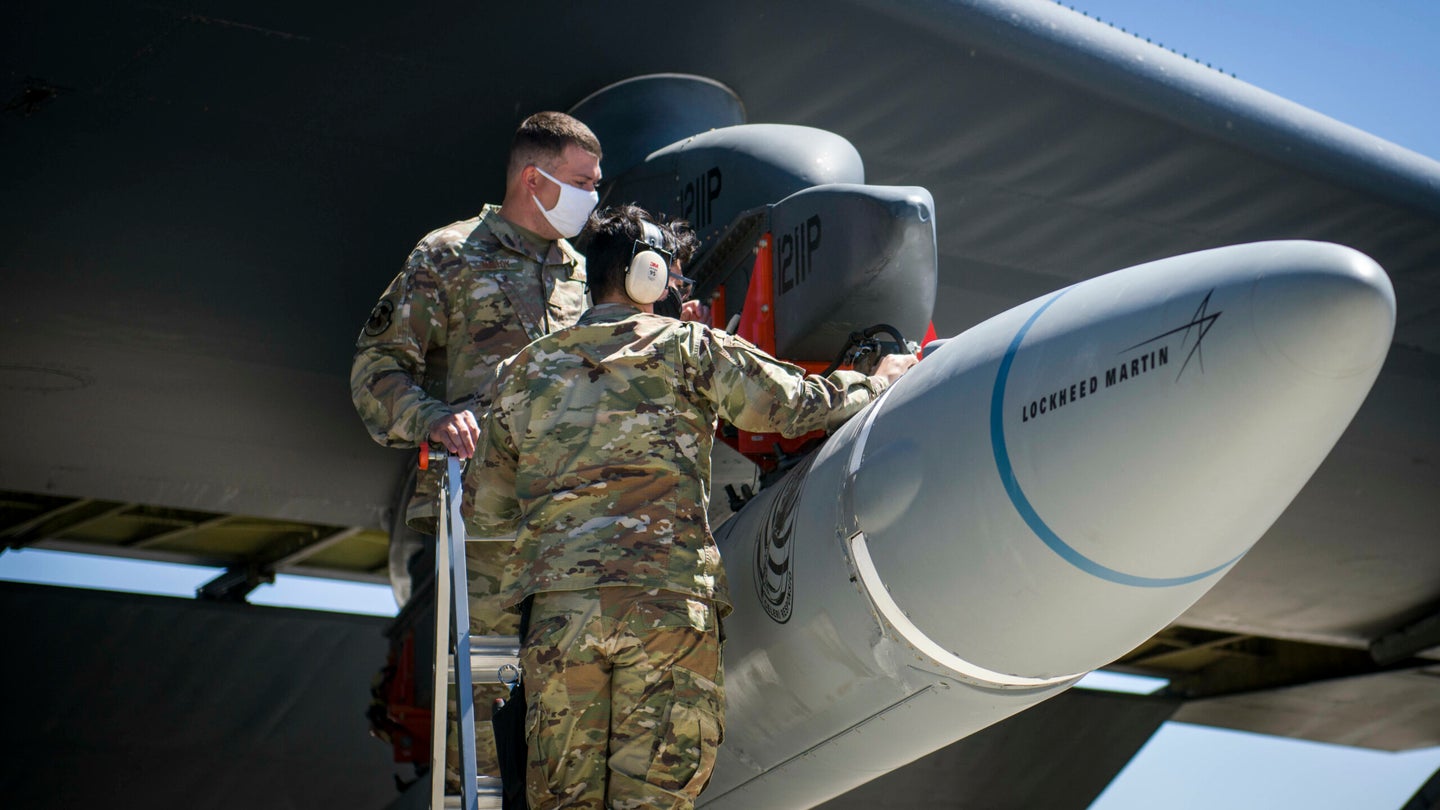
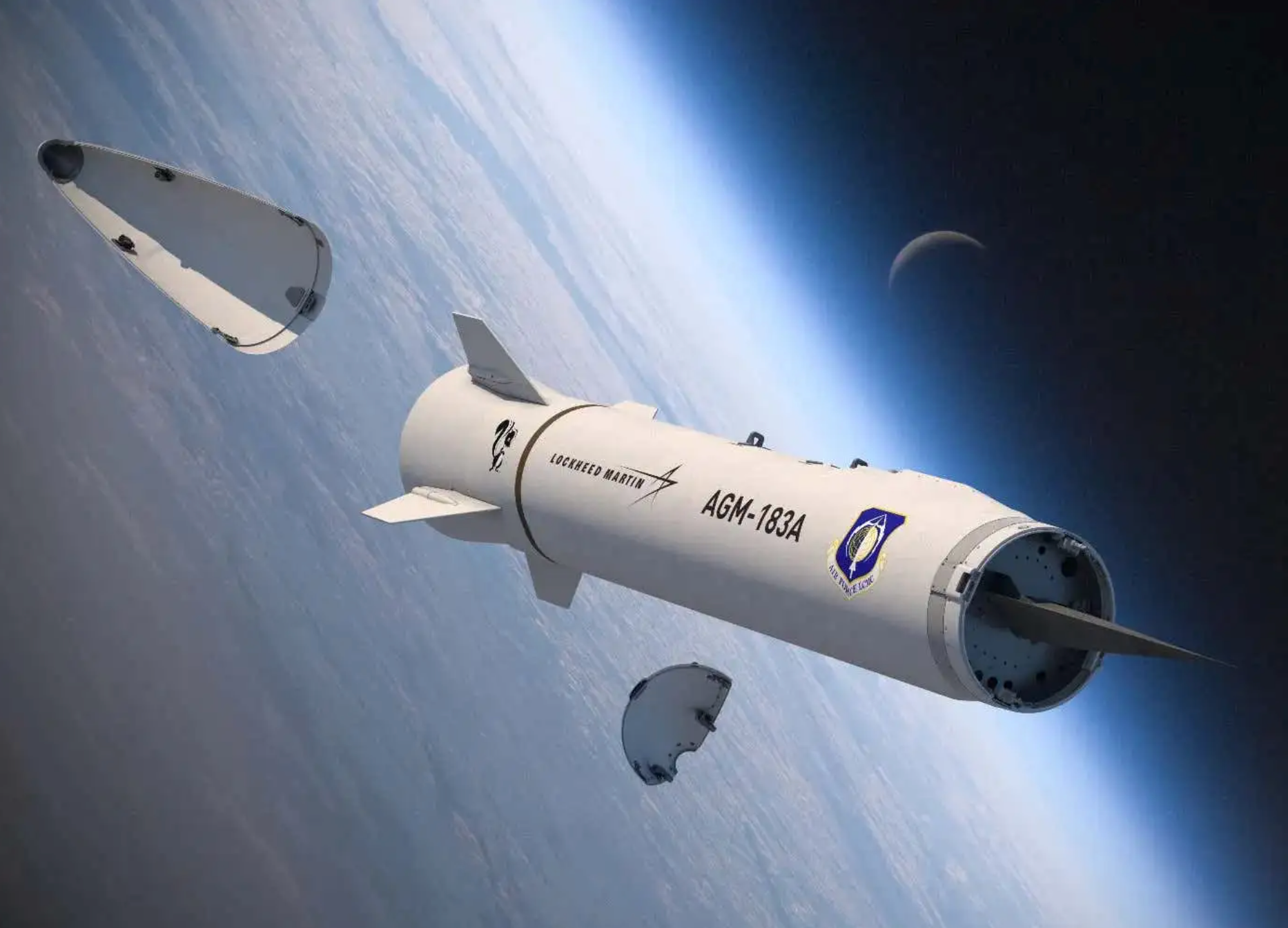
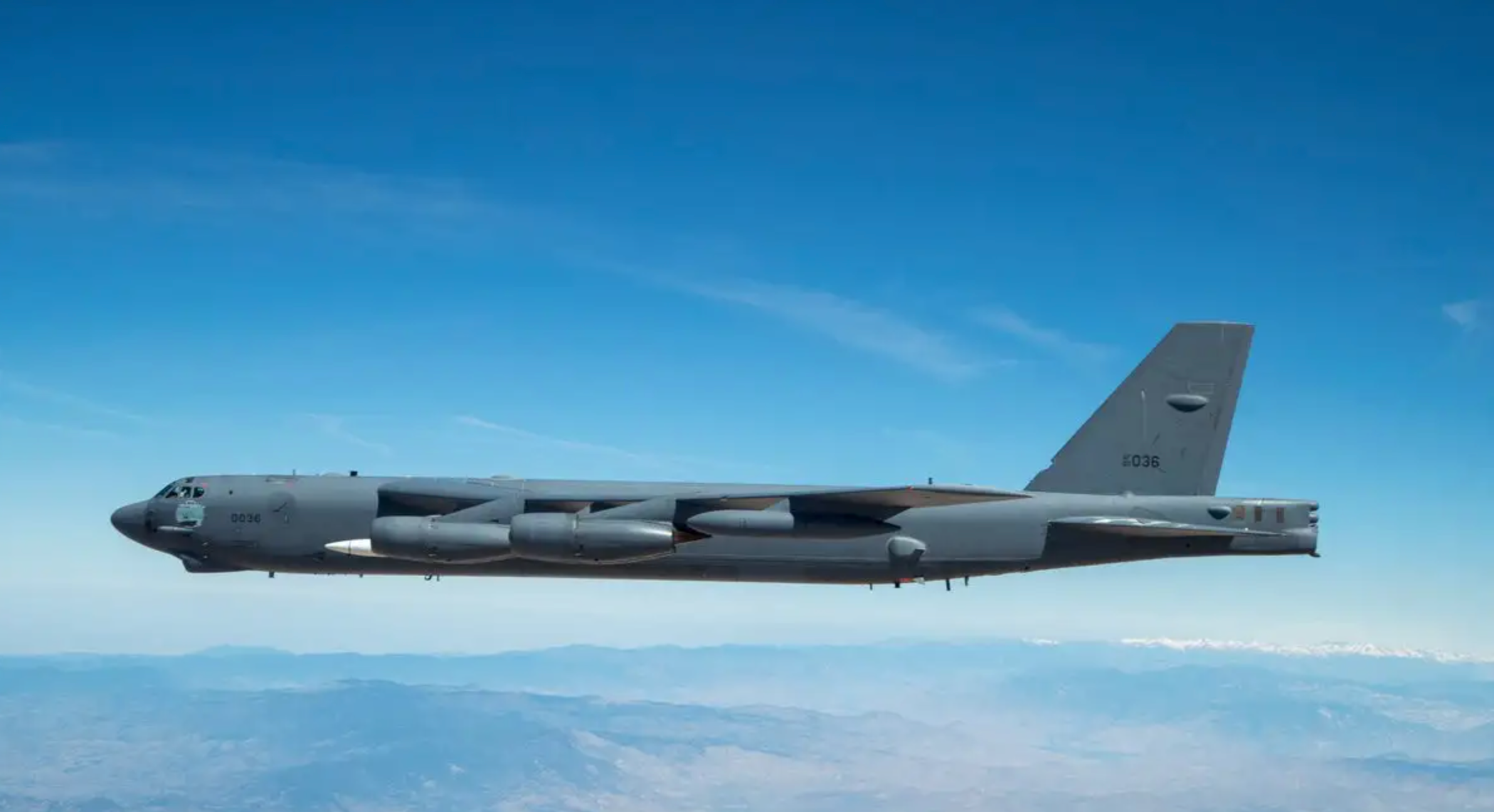

/cloudfront-us-east-1.images.arcpublishing.com/mco/XTUQO4T7MZA3NEGMQF2N7BXXZI.jpg)





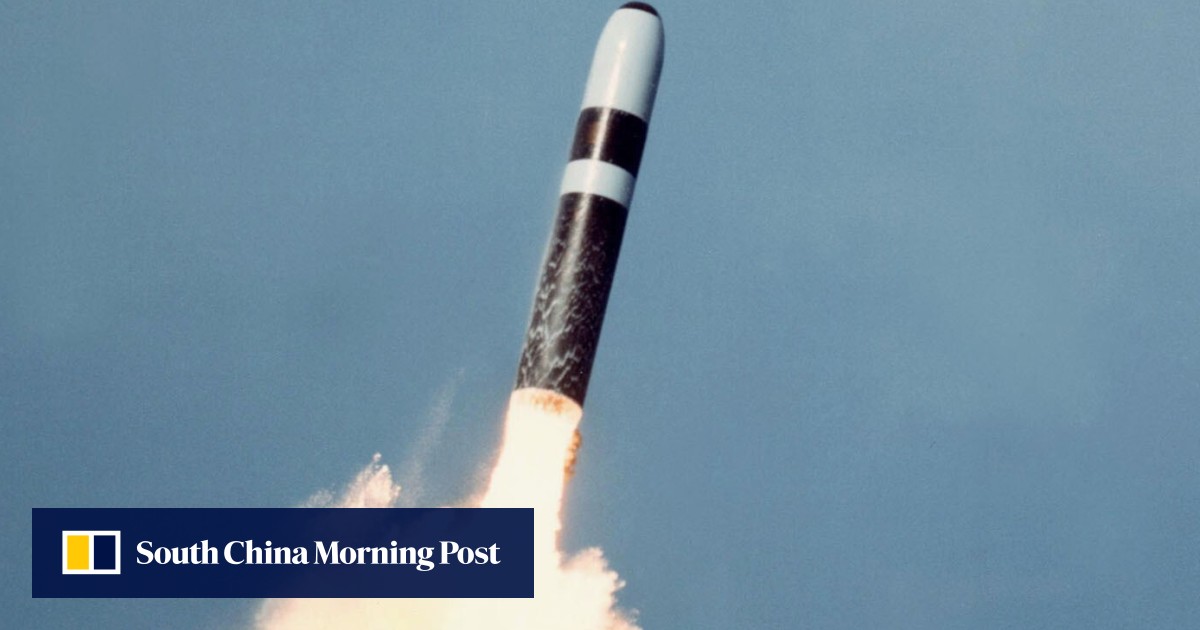
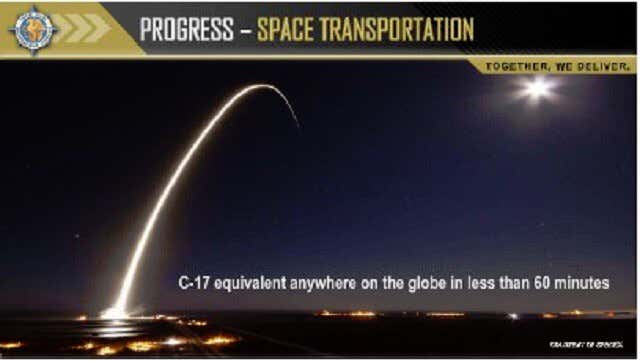

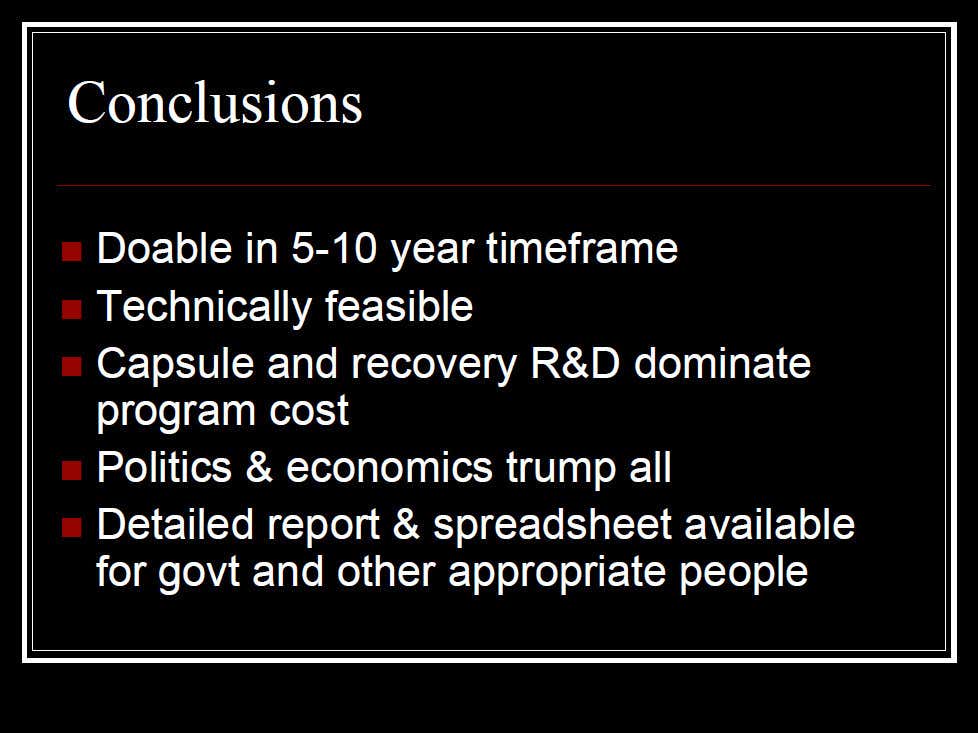

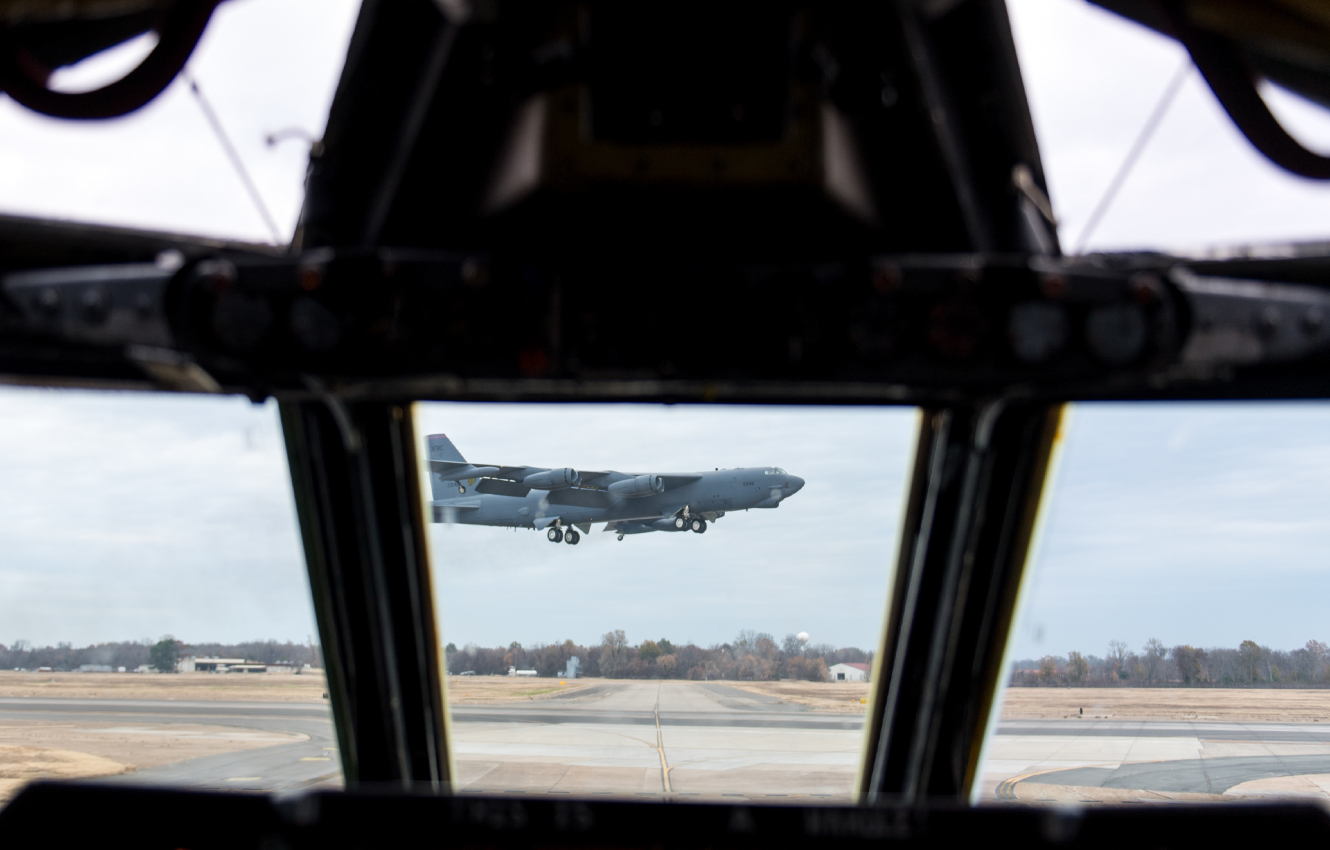

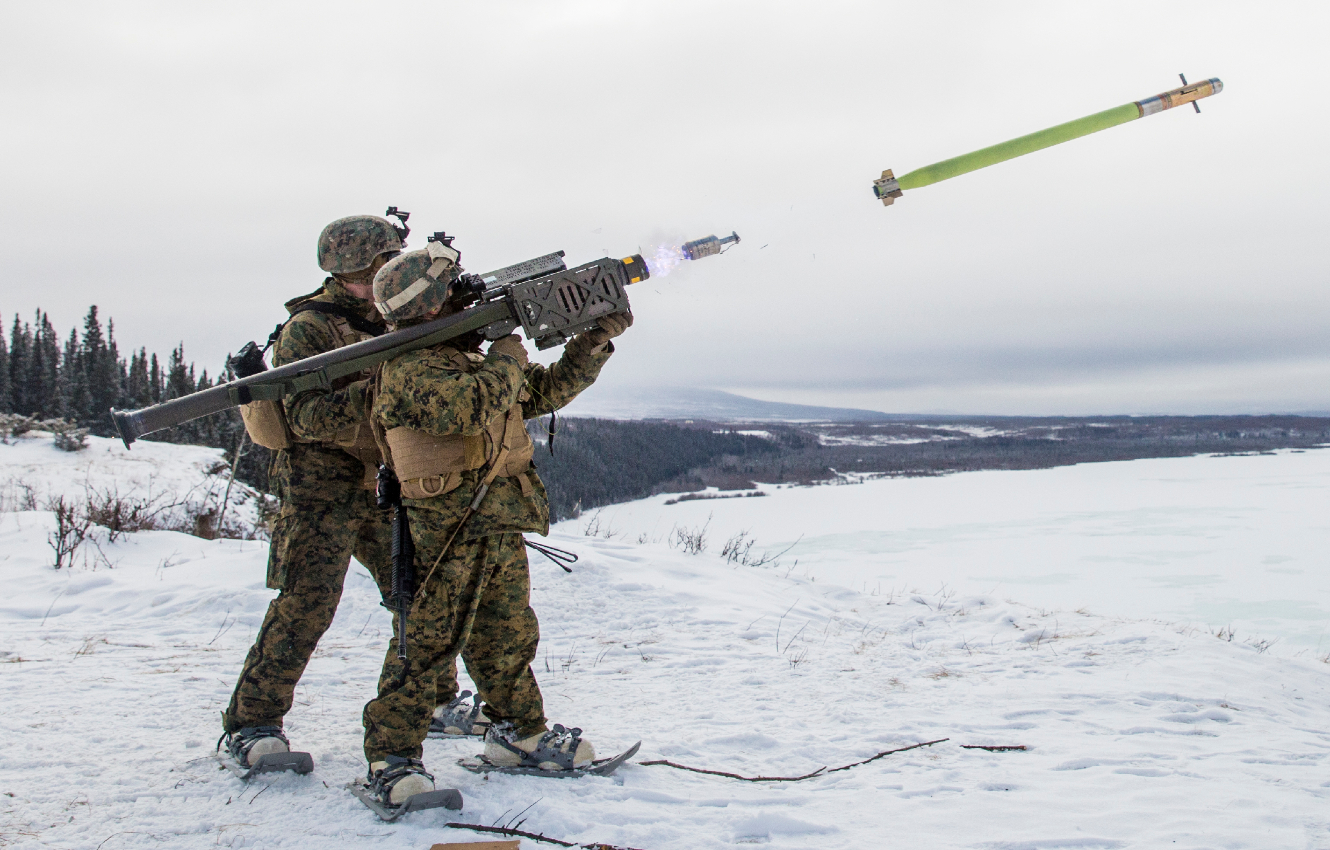

/cloudfront-us-east-1.images.arcpublishing.com/mco/3C4XW45O6RDVXMDJ4AYPLYIXCA.jpg)
/cloudfront-us-east-1.images.arcpublishing.com/mco/QFPVSYJCRBGLPK7NLS5TFDIAKQ.jpg)
